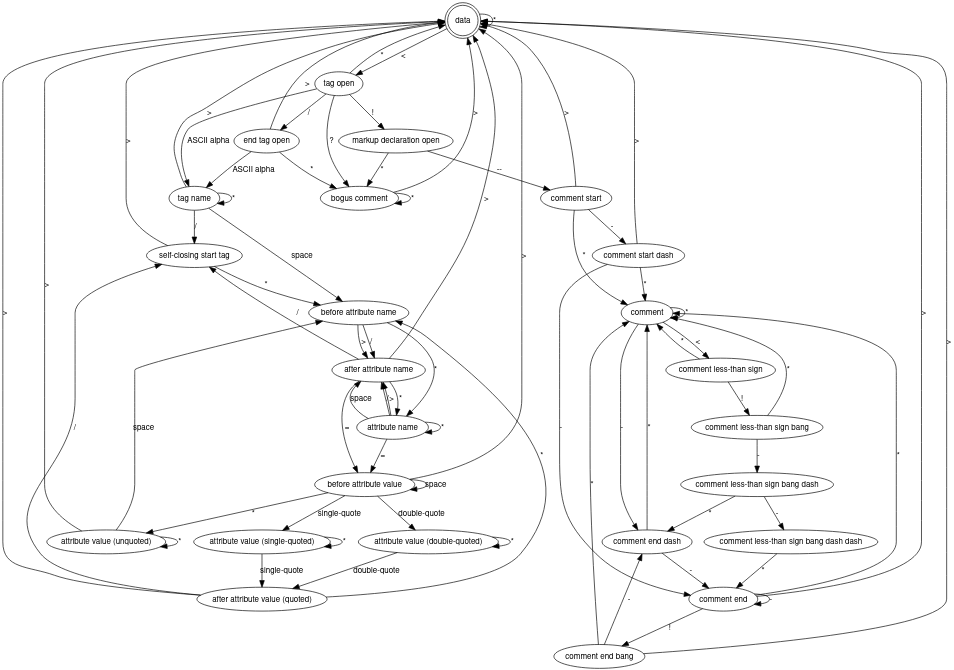WARNING: this project has been retired. For an excellent alternative, see MechanicalRabbit/HypertextLiteral.jl.
🍍 HTM.jl (Hyperscript Tagged Markup in Julia)
julia> using HTM
julia> box(content) = htm"<div id=$(rand(1:100))>$(content)</div>"
box (generic function with 1 method)
julia> b = box("Hello HTM.jl🍍!")
<div id="23">Hello HTM.jl🍍!</div>HTM.jl is JSX-like syntax for Julia. It is backend-agnostic but uses Hyperscript.jl for generating HTML elements by default:
julia> dump(b, maxdepth=1)
Hyperscript.Node{Hyperscript.HTMLSVG}
context: Hyperscript.HTMLSVG
tag: String "div"
children: Array{Any}((1,))
attrs: Dict{String, Any}(One of the advantages of using Hyperscript.jl is that objects are lazily rendered.)
And since @htm_str is a macro, parsing happens at compile time:
julia> @macroexpand htm"<div id=$(rand(1:100))>$(content)</div>"
:(create_element("div", process(Dict(("id" => rand(1:100),))), (content,)))The syntax was inspired by
JSX,
lit-html,
htm,
and Hypertext Literal:
- Spread attributes:
htm"<div $(attrs)></div>" - Self-closing tags:
htm"<div />" - Multiple root elements (fragments):
htm"<div /><div />" - Short circuit rendering:
htm"<div>$(hidefruit || '🍍')</div>" - Boolean attributes:
htm"<div draggable />"orhtm"<div draggable=$(true) />" - HTML optional quotes:
htm"<div class=fruit></div>" - Styles:
htm"<div style=$(style)></div>" - Universal end-tags:
htm"<div>🍍<//>" - HTML-style comments:
htm"<div><!-- 🍌 --></div>"
Furthermore, the components can be constructed using
Julia's display system:
htm"$(Fruit(\"pineapple\", '🍍'))".
HTM.jl can be installed using the Julia package manager.
From the Julia REPL, type ] to enter the Pkg REPL mode and run:
pkg> add https://github.com/schneiderfelipe/HTM.jlSee the documentation (I hope you like pineapples).
HTM.jl is a small (<400 lines of code) open-source Julia project.
It was once called JSX.jl.
Its main goal is to create a fully-featured, backend-agnostic (any library
that produces HTML elements can be used as a backend) alternative to the
@html_str macro.
I also wanted @md_str-like string interpolations, JSX-like syntax, and full
compatibility with Julia objects through Julia's display system.
HTM.jl is a work in progress but is already quite usable and fast. It may not be ready for production use yet though. Please help me improve it by sharing your feedback. 🙏


